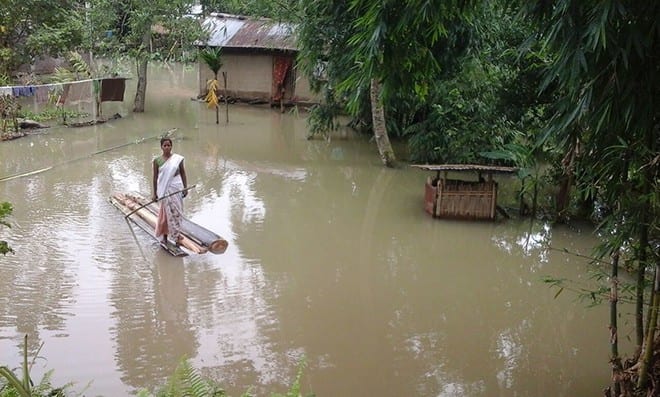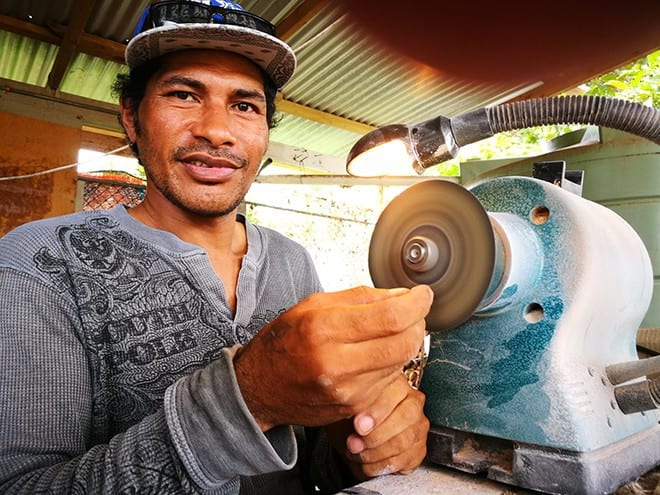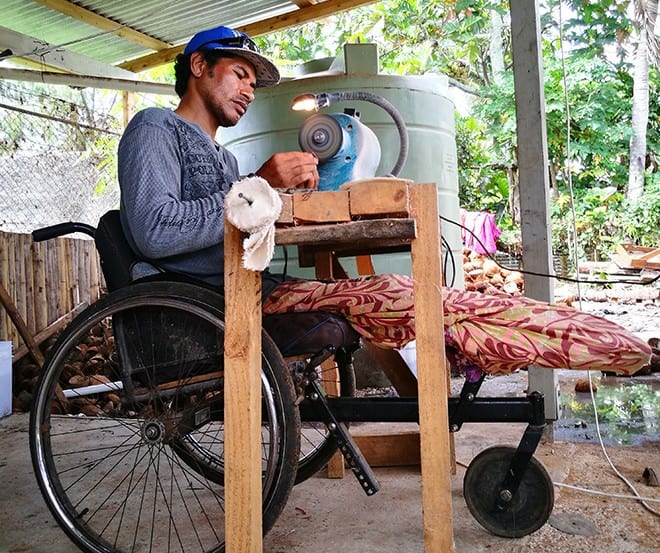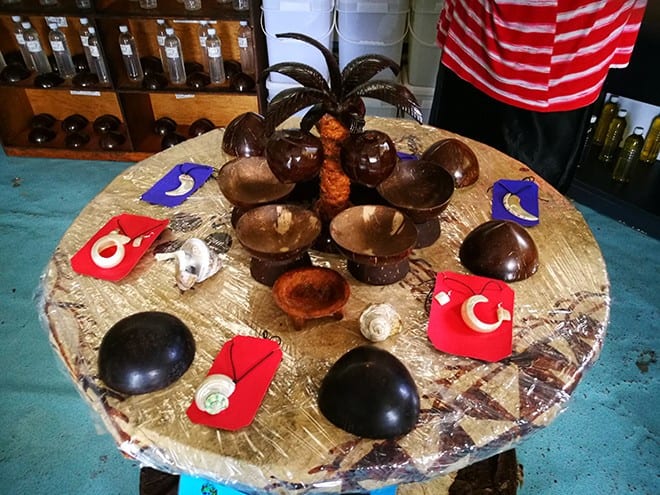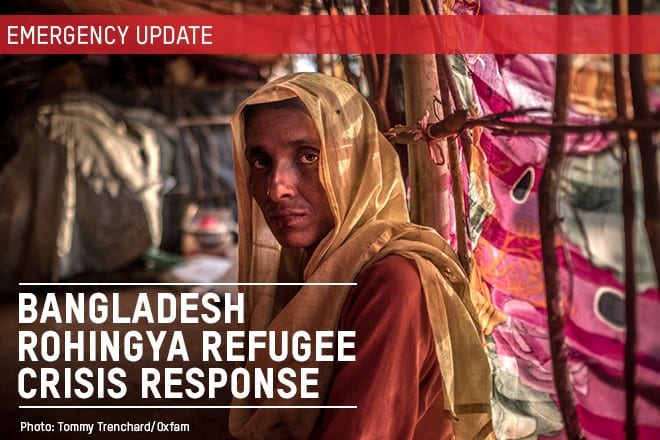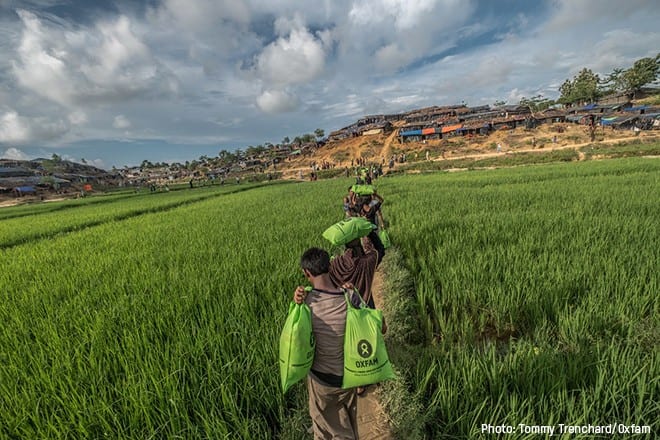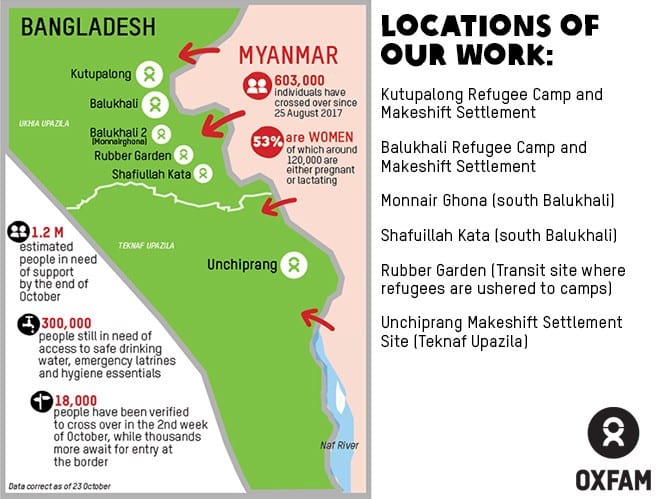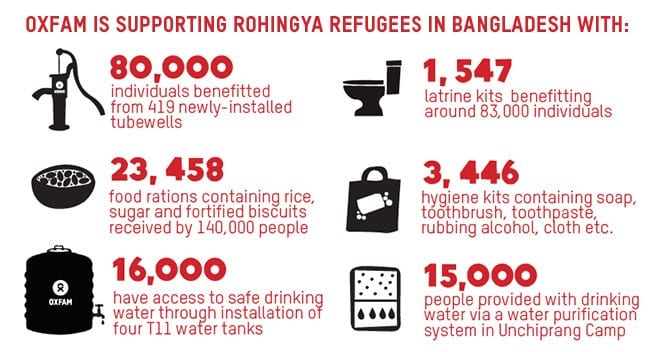Climate change is already forcing people from their land and homes, and putting many more at risk of displacement in the future. Supercharged storms, more intense droughts, rising seas and other impacts of climate change all magnify existing vulnerabilities and the likelihood of displacement, disproportionately affecting low-income countries, women, children and indigenous peoples
Responding to these growing realities demands far stronger action towards ending global climate pollution, supporting resilient communities, ensuring rights for people on the move and developing long-term strategies to ensure that those who are forced to move in the future are able to do so safely and with dignity.





